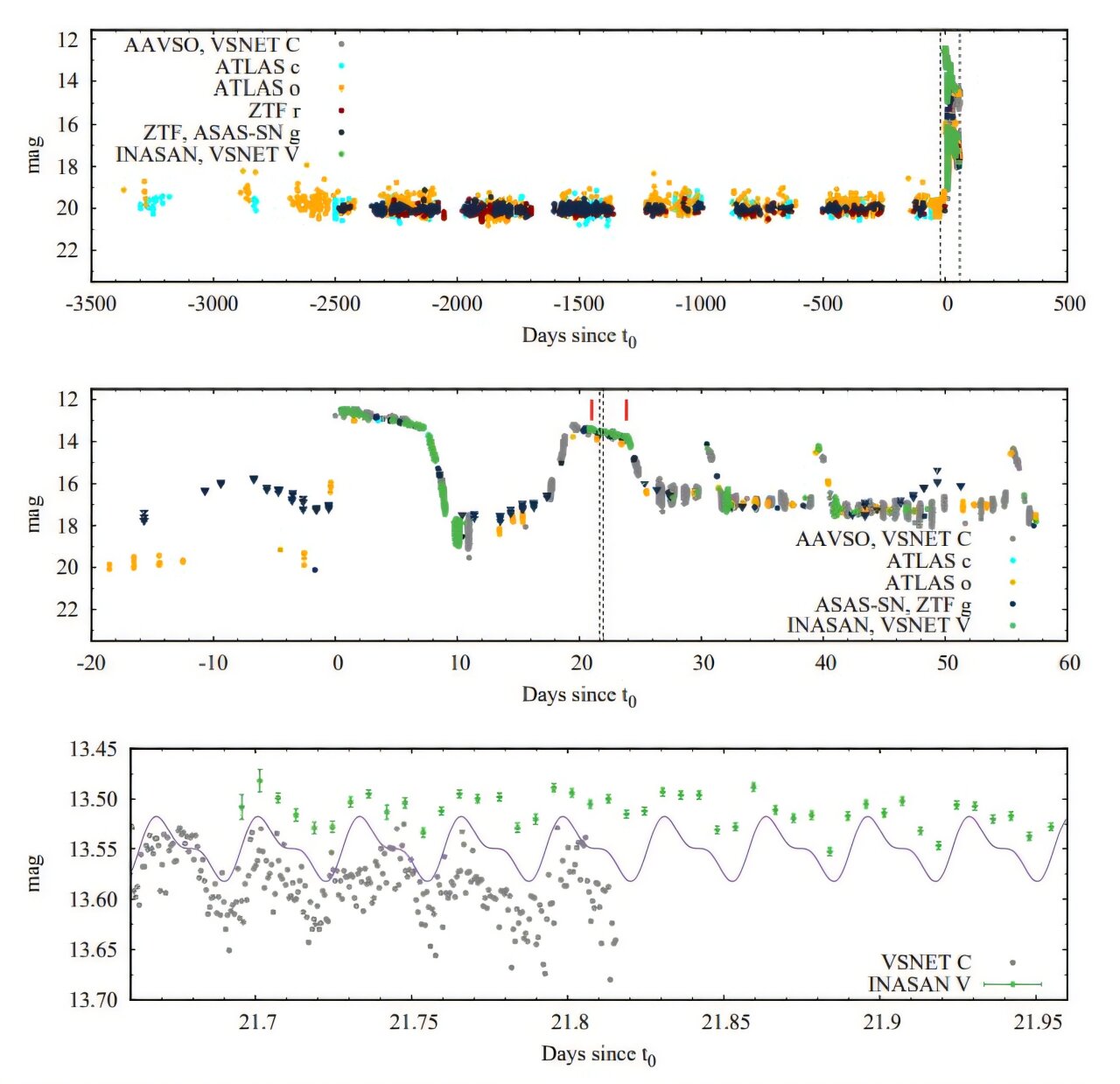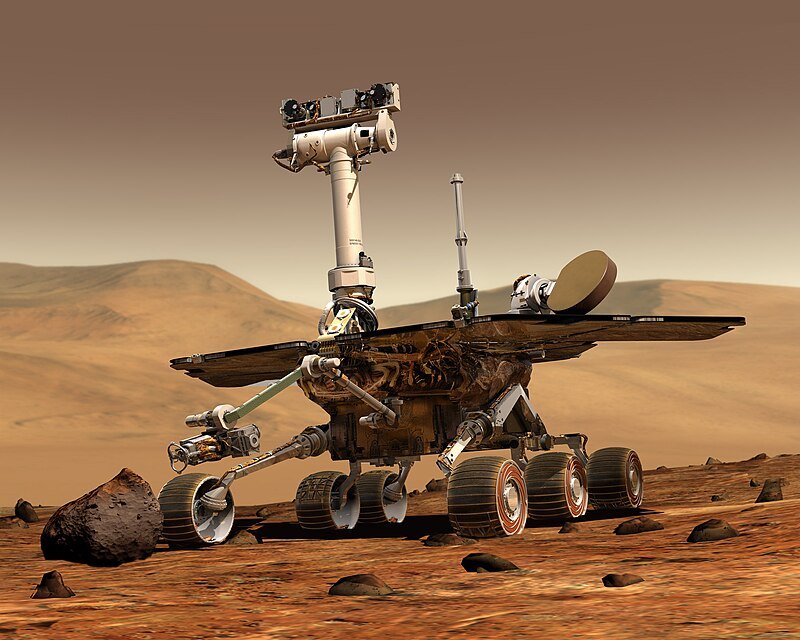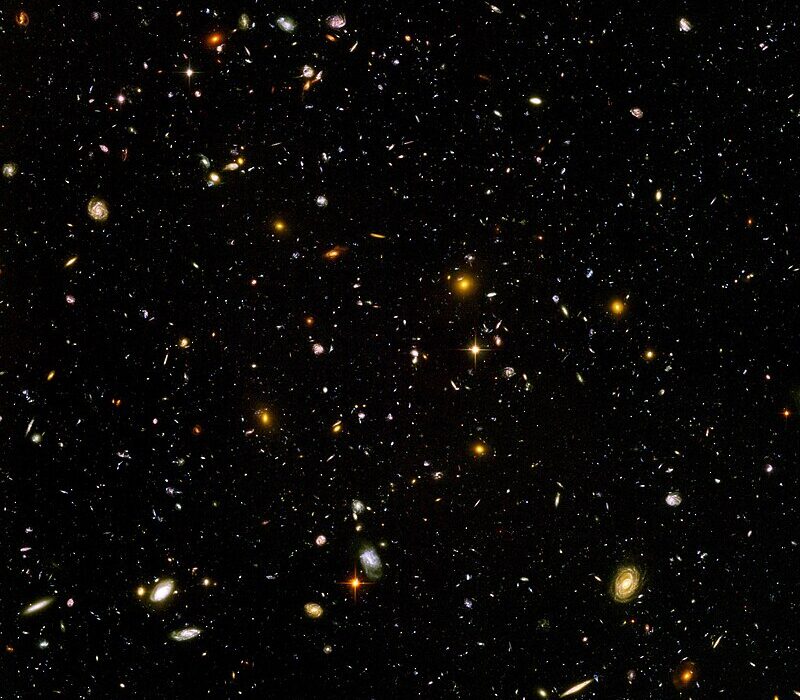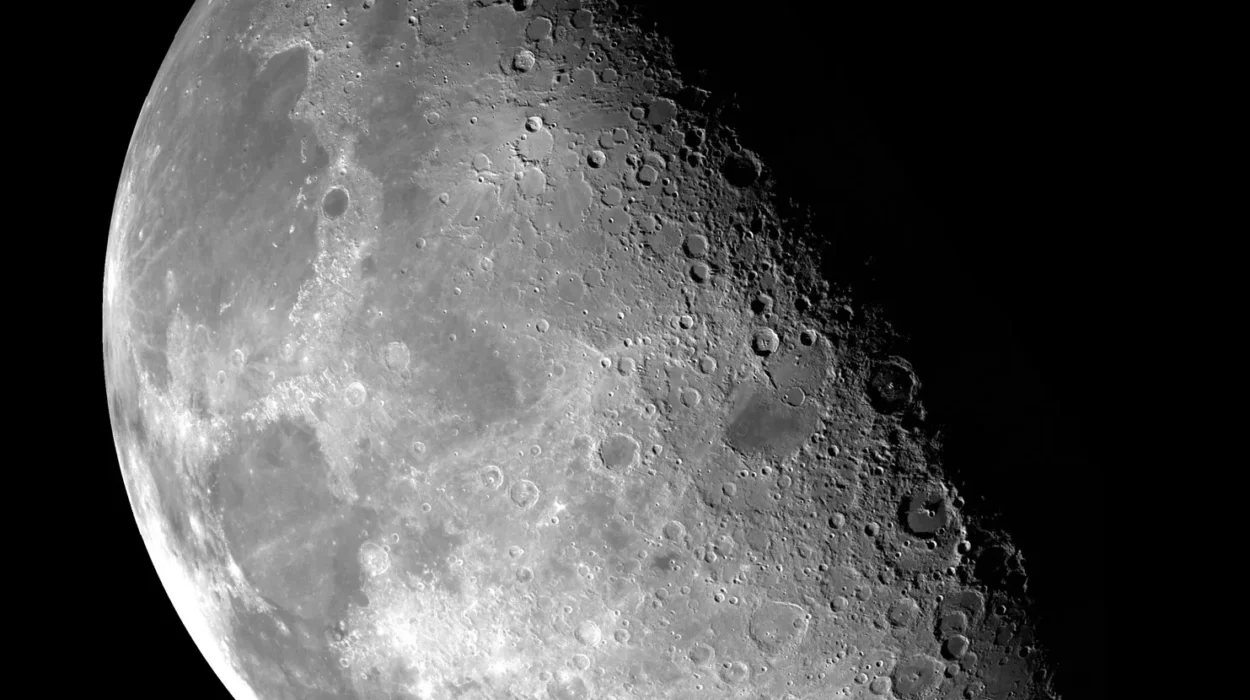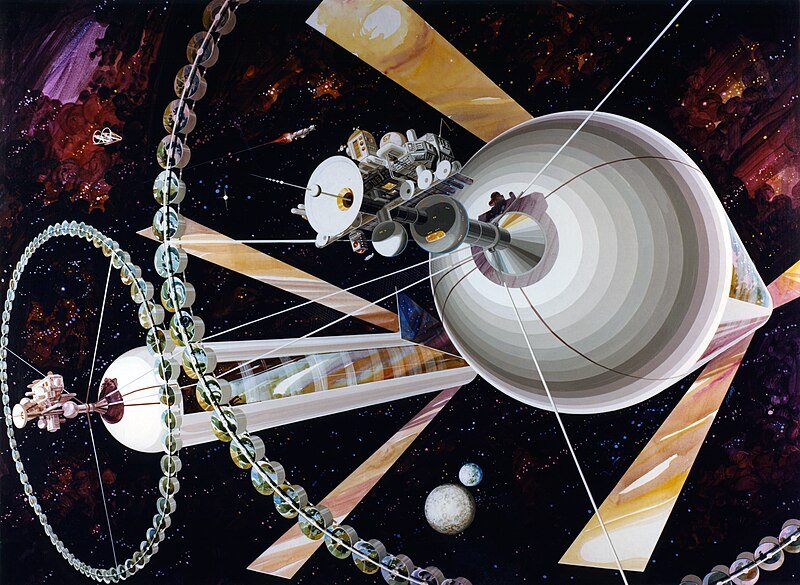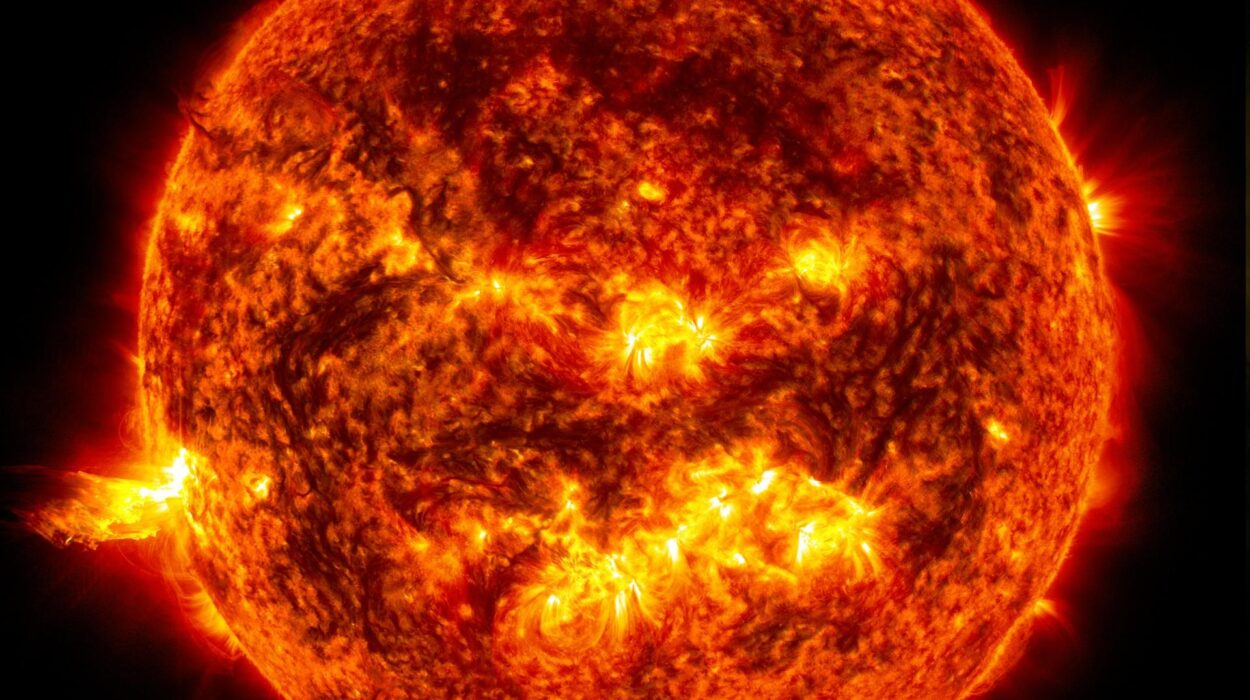In the grand theater of the cosmos, where stars burn and galaxies collide, some of the most compelling dramas unfold in the quietest corners. One such drama recently caught the eye of astronomers when a rare and enigmatic star system flared into view. A team of international researchers, led by Alexander Tarasenkov of the Russian Academy of Sciences, has announced the discovery of a new ultracompact binary system—an AM CVn star—now officially cataloged as TCP J07222683+6220548, or more simply, J0722. What makes this system extraordinary is not only its elusive nature but also the brilliant, albeit fleeting, outburst that revealed it.
The Quiet Cataclysm: Understanding AM CVn Systems
To appreciate the significance of J0722, one must understand the family it belongs to. AM CVn systems are a rare and exotic breed of cataclysmic variables (CVs)—binary star systems in which one white dwarf siphons matter from a companion star. In most CVs, the donor star still contains hydrogen, which shows up in the spectrum. But in AM CVn stars, the script flips. These systems are hydrogen-deficient and helium-rich, with orbital periods so short that the two stars complete a cosmic waltz every five to sixty minutes. That’s faster than most Earthly commutes.
Named after the prototype AM Canum Venaticorum, these binaries are known for their ultracompact configuration and for often being difficult to detect. They spend much of their time in a dormant, dim state—until something stirs the accretion disk surrounding the white dwarf, causing a sudden, spectacular brightening called an outburst.
A Flash in the Dark: J0722 Bursts Into View
On January 20, 2025, during the ongoing New Milky Way (NMW) survey, the universe offered astronomers a rare treat. J0722, previously unknown, flared into visibility in an outburst that lasted an entire week. For those keeping track, that’s a long time for such a system to scream into existence. But J0722 wasn’t finished—between January and March 2025, it continued to flicker with multiple rebrightenings, each acting like a cosmic echo of the original flare.
Follow-up observations confirmed what many had suspected: J0722 was no ordinary star. It bore all the spectral hallmarks of an AM CVn system in outburst. Its light was dominated by a blue continuum and striking broad helium absorption lines, but notably absent were the Balmer hydrogen lines—a smoking gun for hydrogen-deficient systems.
J0722 lies roughly 1,874 light-years from Earth—a modest distance in galactic terms, close enough for detailed observation but far enough to preserve its air of mystery. During the peak of its outburst, it reached an apparent magnitude of 12.45, making it one of the brightest AM CVn outbursts ever recorded. Even more remarkable, the absolute magnitude of this outburst hit 3.4, a measurement that strongly suggests we are viewing the system almost face-on. This orientation allows astronomers to see the full glory of its accretion disk, unmasked by angles or obscurations.
Cosmic Heartbeats: Detecting the Superhumps
As J0722 basked in its moment of brilliance, astronomers turned their focus to the modulations in its light curve—tiny fluctuations in brightness that often carry profound meaning. They detected a periodic variation with a cycle of 46.87 minutes, a clear indication of what astronomers call positive superhumps.
Superhumps are not just poetic names; they are a signature of dynamical interactions in the accretion disk of a binary system. They occur when the disk becomes slightly elliptical and precesses—essentially wobbles—in response to the gravitational tug-of-war between the two stars. These photometric variations often appear in dwarf novae and other cataclysmic variables during outbursts. In J0722, the superhumps emerged most clearly during its first rebrightening, which unfolded between Day 18 and Day 24 after the initial burst of light. Interestingly, the researchers reported that the superhump period remained stable, which itself is a clue to the system’s internal mechanics.
A Star That Keeps Astronomers Guessing
The discovery of J0722 doesn’t just add a new name to the catalog of celestial wonders—it underscores how many such systems may remain hidden, disguised as ordinary cataclysmic variables unless caught during their rare outbursts. The authors emphasized that the overall shape and duration of J0722’s activity match patterns seen in long-period AM CVn systems, reinforcing its classification while simultaneously posing new questions.
Why do some AM CVn stars burst into outburst so rarely? What determines the structure and orientation of their accretion disks? Could gravitational waves from such ultracompact binaries be detectable in future missions like LISA (Laser Interferometer Space Antenna)?
These aren’t just idle questions. AM CVn systems are among the most promising candidates for low-frequency gravitational wave sources, and understanding their behavior helps inform both theoretical models and the design of future detectors.
Hidden Jewels in the Night Sky
Astronomy has often been a discipline of patience—of waiting for the sky to reveal its secrets, one flare at a time. The story of J0722 reminds us that even the faintest flicker can unveil a world of information, if you’re watching closely enough.
The researchers who caught J0722 in the act are now calling for continued monitoring of similar systems, especially those that haven’t yet been identified as AM CVn stars but show periodic outbursts or unique spectral profiles. These systems may be hiding in plain sight, overlooked by sky surveys that catch only brief snapshots of the ever-changing cosmos.
Final Thoughts: A Snapshot of Stellar Extremes
TCP J07222683+6220548 is more than just a string of coordinates—it’s a gateway to understanding one of the most extreme forms of binary star interaction in the universe. From its record-setting brightness to its stable superhumps and face-on orientation, J0722 offers an exciting glimpse into a class of stars that, though rare, are crucial to our understanding of stellar evolution and cosmic phenomena.
As telescopes grow sharper and sky surveys more comprehensive, it’s only a matter of time before more such systems reveal themselves. But for now, J0722 stands as a bright, brief beacon—an ultracompact marvel with a story that’s only beginning to unfold.
Reference: Alexander Tarasenkov et al, TCP J07222683+6220548: a new AM CVn type system with infrequent outbursts, arXiv (2025). DOI: 10.48550/arxiv.2505.20842
